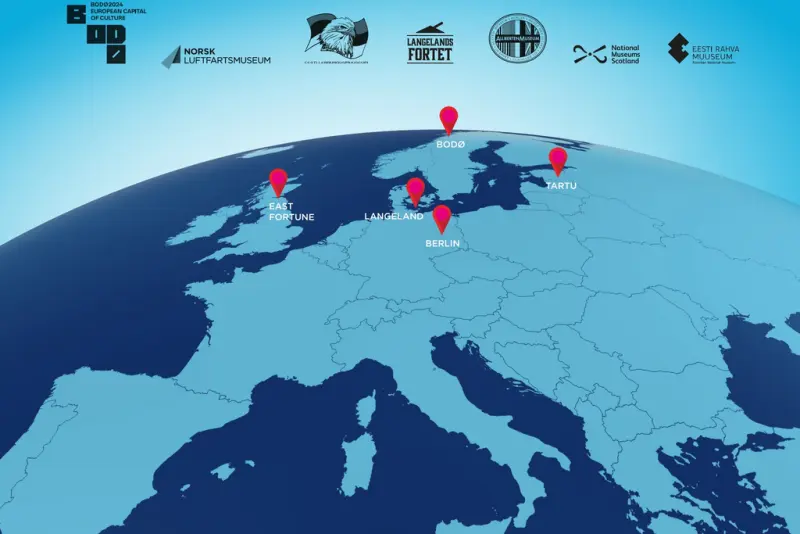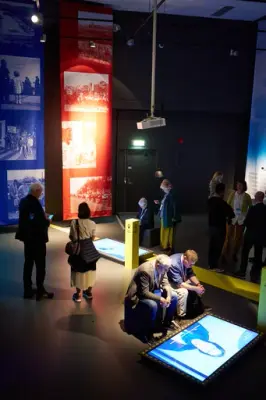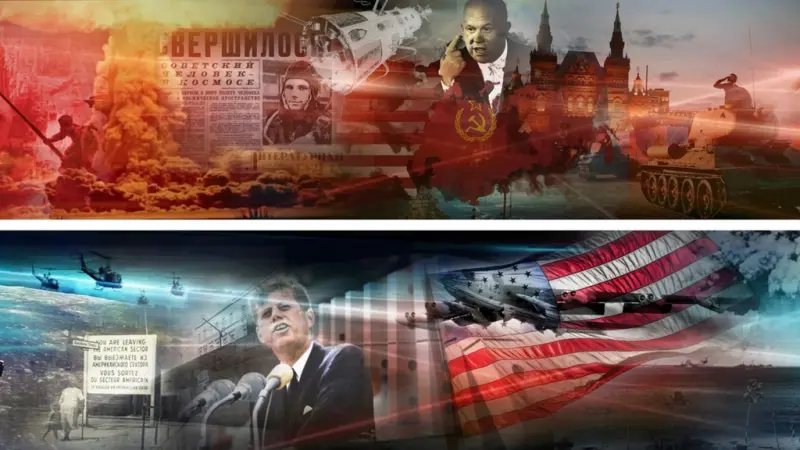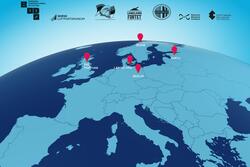Stories from Cold War Hotspots is a collaborative project led by the Norwegian Aviation Museum in partnership with Bodø2024, initiated in connection with Bodø’s role as European Capital of Culture in 2024. The aim of the project was to explore a transitional phase in Bodø’s history — from a military hub during the Cold War to a cultural crossroads.
Several European cities share a similar past, as key Cold War hotspots. The project sought to explore whether there exists a shared European memory of the Cold War across national borders. It focused on how people living in places with a distinctive Cold War legacy reflect on its significance, how it affected their lives, and whether it continues to influence them today.
The main objectives of the project were:
To present the international geopolitical conflict through personal stories
To provide new insights to the public by sharing civilian experiences of the Cold War from both sides of the Iron Curtain
To increase knowledge and understanding of Cold War history among a broad audience
To offer historical context for how the Cold War influenced lives in the past and how it continues to shape lives today
The project reflects a broad European collaboration, with partners in five different countries:
Norwegian Aviation Museum, Bodø (Norway)
Allied Museum, Berlin (Germany)
Estonian National Museum, Tartu (Estonia)
Estonian Aviation Museum, Tartu (Estonia)
Cold War Museum Langelandsfort, Langeland (Denmark)
National Museum of Scotland, East Fortune (Scotland)




